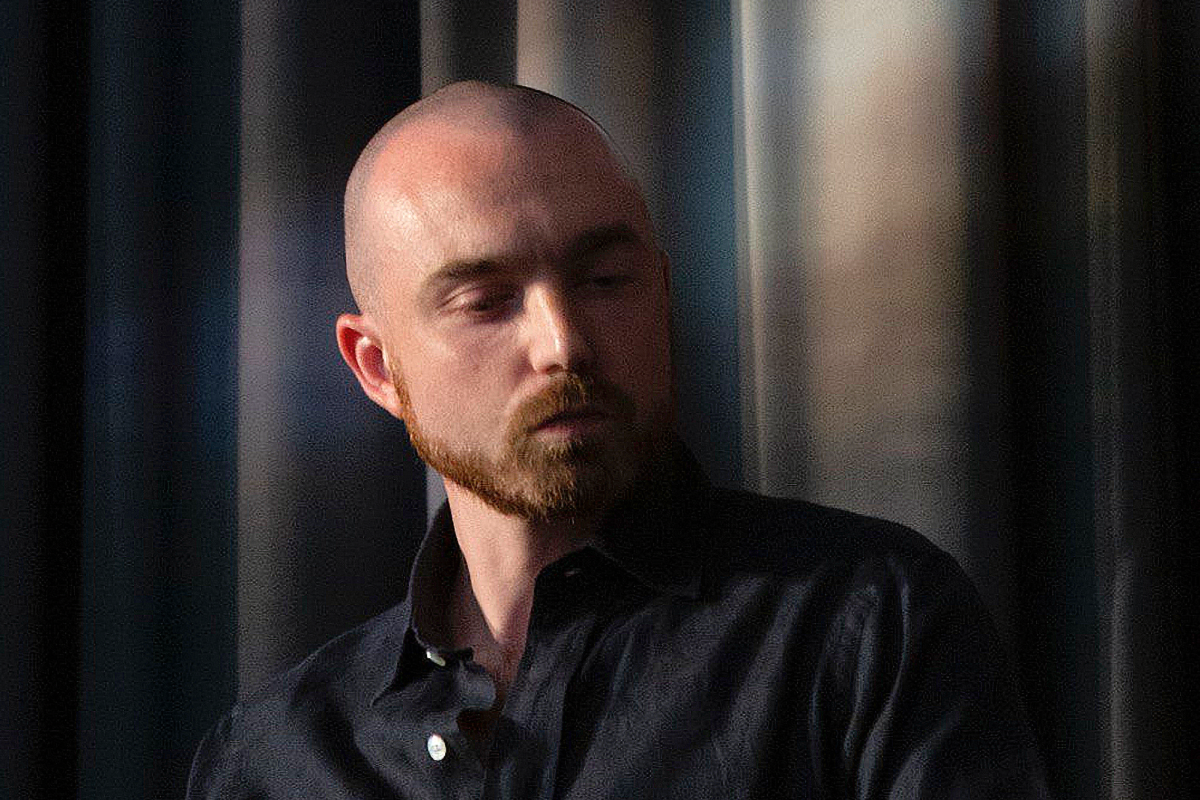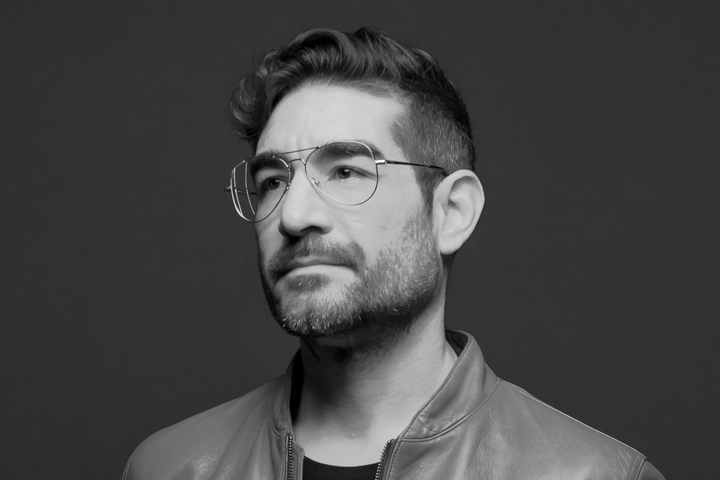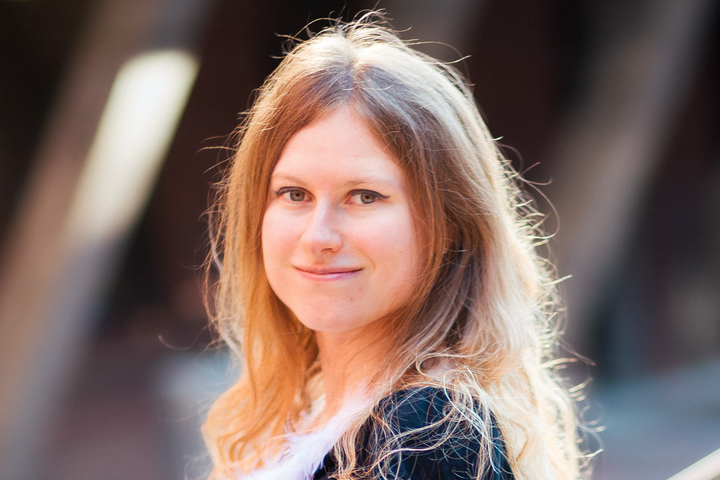Interview with Alex Estorick: Exploring the Dynamic Intersection of Art and Technology

Alex Estorick is a media theorist who seeks to develop socially progressive approaches to new technologies. As Editor-in-Chief at Right Click Save, he aims to drive critical conversation about blockchain, NFTs, and Web3. He is also Contributing Editor for Art and Technology at Flash Art. Recent curatorial projects include The Pixel Generation at Unit London, Cure³ at Bonhams, FEMGEN at Art Basel Miami Beach, and Ecotone on Feral File. He contributes to various publications –– from Frieze to the Financial Times –– and was lead author of the first aesthetics of crypto art. He is an International Selector for The Lumen Prize.
As a media theorist and Editor-in-Chief at Right Click Save, you have been actively driving critical conversation about blockchain, NFTs, and Web3. How do you see these technologies shaping the future of art and society?
It depends on how they are used and the politics of the communities who use them. Blockchain can be a means of ensuring transparent provenance as well as a way of making human behavior observable to malign actors. Under the right conditions, NFTs can foster a more horizontal and affordable art market, one that allows digital creators to set the terms by which their works circulate. On the other hand, old behaviors die hard. Despite the blockchain’s decentralized logic, recent years have witnessed new forms of mediation and gatekeeping in the NFT space, not to mention the decline of a community-wide minimum 10% resale royalty.
Smart contracts arguably offer a radical solution to the high levels of economic precarity faced by cultural workers –– allowing organizations and industries to automate the compensation of labor over time according to an individual’s contribution to a particular output. To give an example, projects like The Platform not only offer a resale royalty to artists, they also compensate anyone who has supported the genesis of an artwork, be they a curator, a gallery attendant, or anyone else. Unfortunately, this kind of social smart contract relies on royalties, which many collectors reject as an unwanted sales tax. Smart contracts are also troubling because they threaten to encode the future according to the logic of the present. All of which brings us back to the essential problem of emerging technologies under capitalism –– which offer solutions to problems we didn’t know we had, while reiterating exploitation and extraction regardless.
Your role as a Contributing Editor for Art and Technology at Flash Art has allowed you to bridge contemporary art and new media through the column, The Uncanny Valley. How do you believe art and technology can intersect to create meaningful and thought-provoking experiences for audiences?
One only needs to look at recent developments in generative art to see the potential of generative systems to produce emergent outcomes which no one could have predicted. Right now, both art and science are interwoven with digital technology. But it is often the artists who are most inclined to adopt progressive approaches to new technologies. Right now, the works that are likely to have the biggest impact on society tend to look a lot more like speculative design than art of the past.
You have been involved in the early genesis of the NFT phenomenon and have conducted a data-driven study on the aesthetics of crypto art. What were some of the most surprising or fascinating findings from your research?
As someone frustrated with the way artspeak defines the terms of contemporary art, it was exciting to study the language of an alternative art world. We examined the tags associated with over 22,000 works on SuperRare, which was an appropriate window into the priorities of the early crypto art community, right before the NFT explosion. What was striking was the evidence of technostalgia among crypto artists and collectors, which still applies today. Futuristic, retro, and sci-fi themes were all highly coveted, while the average palette was somewhere between red and purple.
At the time, “3D” was the most common tag, with “abstract,” “animation,” “GIF,” and “surreal” making up the top five. One of our primary interests was in establishing whether crypto art, as a movement of artists historically ignored by the art world, shared anything with traditional canon. What we found was that while 30 of the top 50 tags had nothing to do with traditional fine art, five of the top ten did. This led us to the conclusion that as a media ecology, the blockchain deserves media terminology, but as a discourse crypto art is a hybrid of analog and digital media.
Do you still believe in NFT technology despite its criticism and downfall in NFT sales?
The NFT has rendered transparent the relationship between art and money for the first time, which is remarkable. It has also opened up a market for digital creators from all around the world. To me, there is no question that digital assets are here to stay. However, as Artnome reminds us, the artwork and metadata for roughly 90% of NFTs are not stored on the blockchain, which leaves them vulnerable unless stored appropriately.
What are some of the potential drawbacks or limitations of NFTs in the art world, and how do you think these challenges can be addressed moving forward?
Digital art was the proof of concept for NFTs. It could have been books –– like Amazon in Web2 –– or it could have been music. But it was digital art, which had struggled to develop a market up until the NFT. Although the blockchain’s verifiable provenance can make a major contribution to the mainstream art world as an archive and record of transactions, NFTs suit natively digital creations. What is abundantly clear to me is that, at least at the moment, to succeed selling NFTs demands joining the Web3 community. Those painters who have made a success selling NFTs have tended to market their work along the lines of digital or generative artists. That tells me that there is a set of behaviors that work in the new cultural economy that may not align with the legacy art world.
With your experience lecturing on Web3 at various prestigious institutions, what key insights or lessons do you hope to impart to the next generation of artists and art professionals?
My work as a lecturer –– like my work as an editor –– seeks to understand the nature of art after the NFT, which is a vastly expanded ecosystem that joins art with tech and other cultural industries. While this is a challenge to the traditional art world, whose value proposition depends on its being able to segregate itself from wider cultural developments, it is also a chance for creators of all kinds to shape social and technical systems that govern our lives. As Web2 has shown, the Internet can enable powerful actors to undermine individual and collective agency. It is up to creators and creative entrepreneurs of the future to remodel those systems toward more sustainable and inclusive ends.
What is your take on AI and how do you think it will impact the arts?
Today, human experience is dominated by digital forms of mediation, which means that machine learning is likely to play an increased role in every aspect of our lives. This will likely impact the arts at an infrastructural level while also offering new means for human creators to collaborate with nonhuman agents. The rise of prompt engineering as a creative mode suggests that language will continue to be essential to the genesis of new futures.



